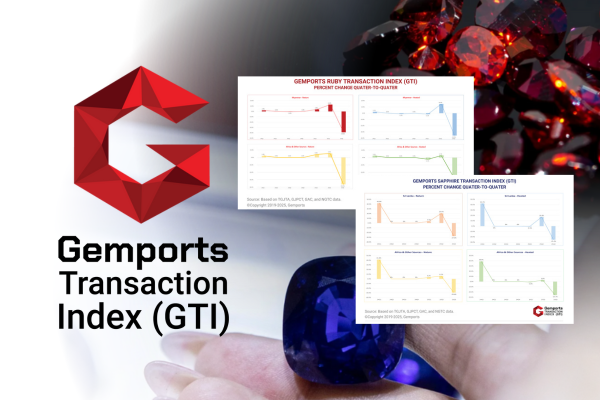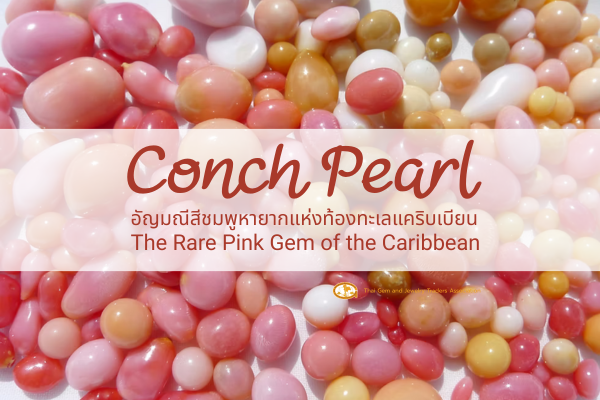

.png)
Have you ever wondered why a diamond is harder than a ruby, or why an emerald's sparkle differs from a sapphire's? The answer lies in the unique physical properties of each gemstone. Understanding these properties not only helps you purchase gems wisely but also ensures you can care for your jewelry correctly.
.png)
Let's get started with three fundamental properties of gemstones.
This does not refer to toughness or resistance to breaking, but rather resistance to scratching. We use the Mohs Hardness Scale for measurement, which ranges from 1 (Talc) to 10 (Diamond). The higher the hardness value, the more resistant the gemstone is to scratches, making it suitable for everyday wear jewelry like diamond or sapphire rings.
This is a measurement of how much light slows down as it passes through a gemstone, which directly affects its Brilliance and Luster. A high refractive index makes a gemstone sparkle more brilliantly. For example, a diamond has a very high refractive index, giving it an unmatched, distinctive sparkle.
This is a comparison of a gemstone's weight to the weight of an equal volume of water. A gemstone with a higher SG will feel heavier than a same-sized gem with a lower SG. This property helps in identifying gemstones and is one of the key pieces of information gemologists use for verification.
To help you better understand conversations about gemstones, we have compiled some basic vocabulary you should know.
Treatment: A process applied to a gemstone to improve its color or clarity. For example, the Heating of rubies and sapphires is a widely accepted practice in the market, but it should be clearly disclosed to the buyer.
Inclusion: Any material trapped inside a gemstone, such as mineral crystals, gas bubbles, or fractures. Some inclusions can help identify a gem's origin, while others may decrease its value.
Carat: A unit of weight for gemstones, where 1 carat equals 0.2 grams.
Clarity: The degree to which a gemstone is free of inclusions. The fewer inclusions, the higher the clarity.
Cut: The style, quality, and proportions of a gemstone's finish. The cut significantly impacts a gem's sparkle, such as the Round Brilliant Cut, which is the most popular for diamonds.
TGJTA is committed to disseminating accurate knowledge about gems and jewelry, ensuring that all consumers can confidently purchase and collect precious gemstones.

A "Convergence of Value"—a phenomenon where jewelry and gemstones are no longer mere accessories, but have evolved into one of the world's most robust Alternative Asset Classes.

ในไตรมาสที่ 3 ปี 2025 ตลาดประสบกับภาวะขาดแคลน ทับทิมคุณภาพสูง* ในเกือบทุกกลุ่ม การลดลงโดยรวมของดัชนี GTI ทับทิมนั้น เกิดขึ้นหลักๆ จากสัดส่วนการซื้อขายทับทิมขนาดใหญ่ (3 กะรัตขึ้นไป) ที่ลดลง รวมถึง ไพลินคุณภาพสูง* โดยเฉพาะที่มีน้ำหนักมากกว่า 5 กะรัต เริ่มหา

In the world of precious gemstones, there lies a hidden treasure that originates not from beneath the earth, but from the depths of the sea within a conch shell.